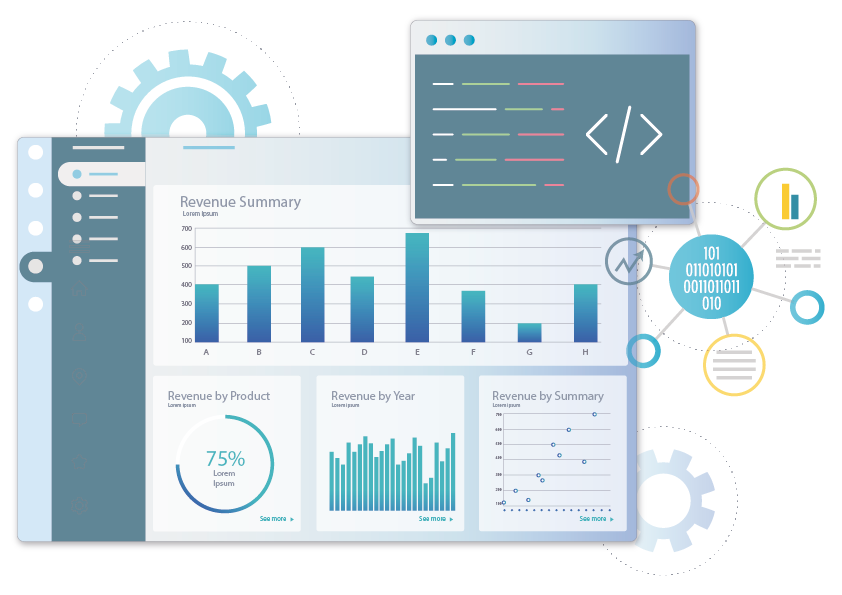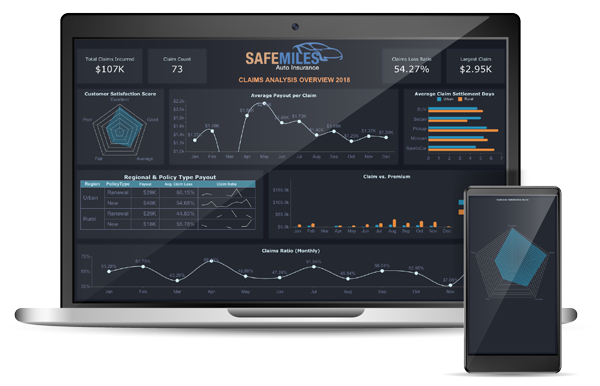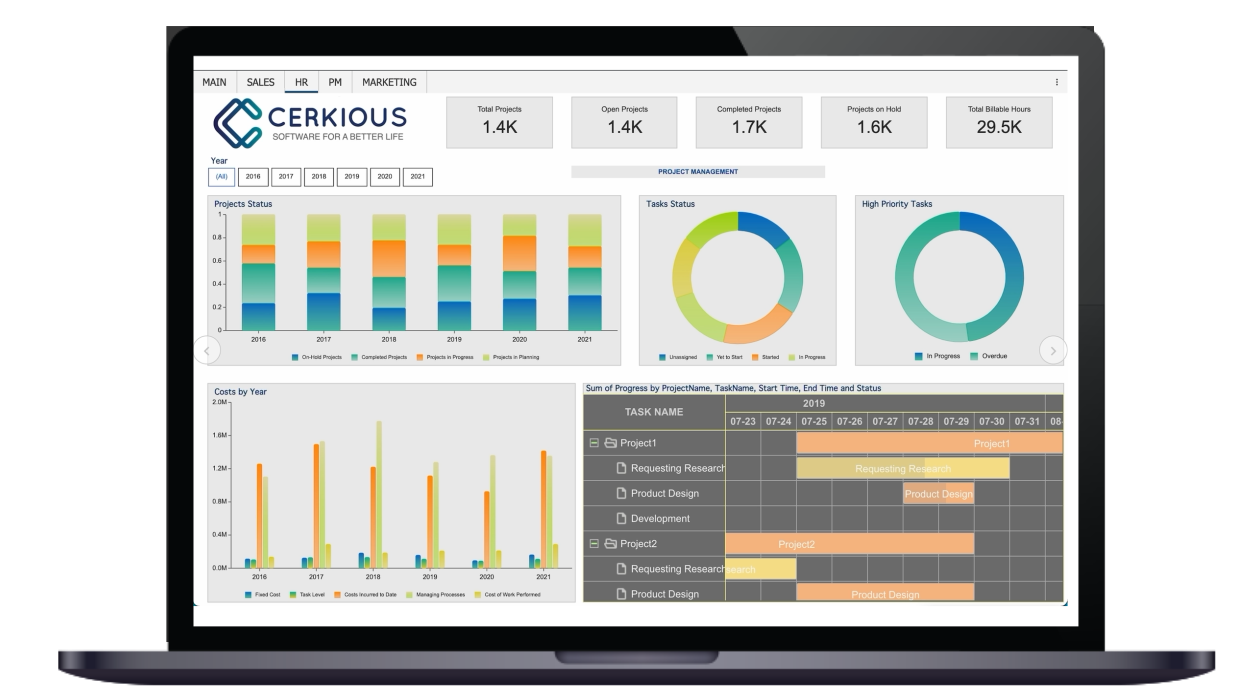Many organizations have a data problem. They’re dealing with information overload, at a time when many employees are working remotely (or in a hybrid environment) and using multiple devices, in multiple locations, to access corporate data. This has only exacerbated the problem of data silos.
A data silo is exactly what it sounds like: data that’s siloed in an isolated user/environment with only limited access. Most organizations have massive amounts of both structured and unstructured data housed within multiple platforms, applications, and devices. And individual data sets are often controlled by individual business units and departments.
This means users in other business units or departments can’t access that data and may not know it exists. Additionally, they could be using the same data, but in a completely different way. In other words, users have pieces of data to inform business decisions, but they can’t see the complete picture—so it’s challenging to turn data into insights.
The problem with data silos
Most organizations have data silos, whether they’re aware of them or not. It’s easy for data to become isolated unless the organization has a comprehensive data management strategy in place. That’s because business units and departments may have their own business goals, technology platforms, and IT budgets.
As a result, data sets may be incomplete or inconsistent, leading to issues with accuracy and data integrity. This, in turn, can lead to data errors and flawed decision-making. In a worst-case scenario, it could result in breaches of data privacy or regulatory compliance laws.
Data is an organization’s most important asset. Suppose complete, accurate, real-time data sets aren’t available to users across business units and departments. In that case, it’s hard to make informed business decisions—whether about customers, operations, supply chains, business strategies, or other critical decisions.
There could also be duplication of effort, or even duplication of technology, adding unnecessary costs to the IT budget. Ultimately, data silos can lead to a decrease in overall productivity—or stagnation—since it’s harder for users to access the data they need to make decisions, and there’s less collaboration among users across departments.
Data sharing sets the stage for BI
If data is an organization’s most important asset, then it needs to be accessible to all—and it needs to be shared. It’s also a necessary step in building out a business intelligence and data analysis strategy.
Gartner predicts that by 2023, organizations that promote data sharing will outperform their peers on most business value metrics. But there’s much work to be done on this front since it’s hard to change the status quo.
“Many organizations inhibit access to data, preserve data silos and discourage data sharing. This undermines the efforts to maximize business and social value from data and analytics,” according to Gartner. Those sharing data will enable “more robust data and analytics strategies that deliver business benefit and achieve digital transformation.”
When data silos exist, so do multiple versions of the truth, leading to inaccurate intelligence or insights. This is where embedded, self-service BI can play a role.
The role of self-service BI
Embedded BI means integrating business intelligence tools—such as real-time reports and interactive dashboards—natively into apps users are already familiar with. And self-service means they need minimal (or no) support from IT to use these tools.
But to eliminate data silos, self-service BI relies on certified data sets and sound data governance principles. When done correctly, self-service BI tools can bring together disparate data sources for easy analysis, offering a single source of truth.
And by embedding self-service BI within existing applications that employees already use, organizations can save the time and expense of building their own BI features. For example, with Wyn, users can build a variety of KPIs and report metrics, directly from apps they already use (with browser-based access and built-in security).
They can then share ad hoc reports and dashboards across the entire organization, and even share data insights across teams and executive leadership. A unique licensing model allows organizations to embed Wyn in an unlimited number of applications, available to an unlimited number of users, for a flat fee.
A foundation for data analytics
When data silos exist—and they do in most organizations—it can negatively impact employee productivity and effective decision-making. Organizations limit the potential of analytics if they use analytics tools in isolation.
A self-service BI platform with universal tools, backed by strong data governance policies, can make data analytics accessible to all—and the potential is limitless.































